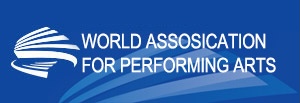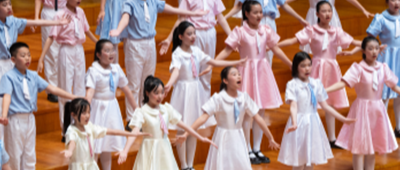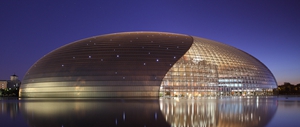When the season schedule was finalized, we were stunned by the numbers ourselves. From symphonies to chamber orchestras and then to chamber music, over 70 concerts come out in various formats, with more than 50 repertoires. From Red Sorghum to The Merry Widow and then to Siegfried, there are over 30 performances of eight operas under diverse themes. While the total number of performances stays over 100, this season offers a greater variety of forms and more extensive content compared to the previous editions.
This is evident from Music Director LÜ Jia’s programming. Last year, our recording made it into Gramophone’s “Guide to the Best Recordings of Bruckner’s Sixth Symphony,” the culmination of our years of commitment to Bruckner’s music. In the coming season, we will hear Mozart, Beethoven, Schumann, Richard Strauss, Saint-Saëns, Tchaikovsky, and more under LÜ Jia’s baton, along with continued exploration of the works of Henri Dutilleux, one of the greatest composers of the 20th century. As the orchestra’s first Principal Guest Conductor, ZHANG Xian will bring her favourite Mozart’s Symphony No. 39 and Rachmaninoff’s Symphony No. 2 in her inaugural year—one marking the pinnacle of Classicism and looking toward the future and the other ascending to another peak of Romanticism a century later. Artist in Residence WU Wei will showcase the timeless versatility of the sheng, an ancient Chinese instrument, through works by Chinese composer HUANG Ruo and Finnish composer Jukka Tiensuu, as well as a series of cross-border adaptations of classical music. In the “GUO Wenjing Composer in Focus” initiative launched last year, we not only performed several of his classic works but also collaborated on the creation of new compositions. To leave ample space for new creations and other performances, the second phase of the initiative will unfold in the 2026/27 season.
Humanity is perpetually curious about history and fascinated by the future. Both leave traces, yet remain elusive to varying degrees. Thus, it’s no wonder time travel is such a popular imaginative game. Whenever works from one or two hundred years ago are performed again today, it feels as though we’ve leaped into a mysterious drawer, allowing our thoughts to travel between history and the future. The musical treasures left by history not only stay alive through continuous interpretations by later generations but also evolve and innovate when their forms are revitalized by later composers or when their essence inspires brand new works in the contemporary era. In the season’s “Back to the Future” series, we witness a series of time travels by master composers: Tallis, Corelli, Bach, Mozart, Beethoven, Mendelssohn, Mussorgsky, Mahler, Stravinsky, and more. Many of them often assisted others in their travels, while some relied on other musicians to achieve their own. Through the works of composers from various eras, such as Max Reger, Vaughan Williams, Hindemith, Schnittke, and Julian Yu, we hear the past, the present, and the future.
Mozart’s music, however, allows us to hear the future directly: within its rigorous structures, it previews the freedom and complexity of modern music; beneath its Classical exterior, it harbors the emotional depth of Romantic exploration. In the norms of Classicism, he wrote of everyday life, court etiquette, and transcendent divinity, inspiring generations of composers over the following two centuries up to today. Though he lived a short life, he left behind a vast body of work covering almost every musical form of his time: opera, symphony, chamber music, piano pieces, art songs, religious music, as well as ballet and theater scores. In the limited space of this season, we offer a glimpse of this with the “Dimension of Mozart” series. In addition to representative opera overtures, symphonies, concertos, sinfonia concertantes, and serenades, there will be rarely heard organ music. Somehow his Requiem is even less frequently performed, but we will have a glimpse of it in a live symphonic concert for the classic biographical film Amadeus. Although the “Mozart Effect” has been proven somewhat exaggerated, Mozart’s music is indeed friendly to children. The “Mozart and Most-Art” children’s concert is suitable for preschoolers, while Mozart’s Easter Eggs, prepared for the Children’s Day, which hides melodies and motifs composed by Mozart and his father, is welcomed by people of all ages.
The Young Composer Programme will have its eighth edition of showcase and final review, introducing a lot of fresh music from young minds. Meanwhile, the eighty-year-old BAO Yuankai has accomplished another remarkable feat by creating a symphonic choir version of Chinese Sights and Sounds. This not merely involves a simple addition of vocal parts; Mr. BAO has made numerous new explorations and attempts. Another co-commissioned project is innovative in form: French composer Richard Dubugnon has taken The Goddess of the Luo River as the theme, creating a sister piece to Saint-Saëns’ La muse et le poète that can be performed consecutively, allowing romantic stories from Eastern and Western civilizations to echo each other across time and space.
Over 70 performances herald a grand gathering of musician friends from around the world. Alongside many of our trusted old friends, there will be no shortage of new artistic partners making their season debuts, such as conductor Jonathan Nott; pianists Lukas Geniušas, Makoto Ozone, WEI Zijian, SHEN Jingtao; violinists Augustin Hadelich, Viktoria Mullova, Antje Weithaas, Lisa Batiashvili, Lorenz Nasturica-Herschcowici and ZHU Ximeng; cellist Pablo Ferrández; trumpeter Sergei Nakariakov; organist LI Yihua; pipa player QIU Jiayu, the Pepo Puppet Theater, and musicians from the Chamber Music Society of Lincoln Center... as well as the newest champions of six major international competitions in 2025—Van Cliburn, Chopin, Queen Elisabeth, ARD, among others—all “swept up” here.
Please join us in our music to embark on a time travel through the past and the future!
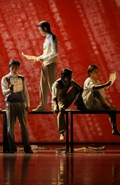 Repertoire
Repertoire
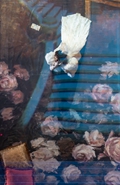 Films
Films
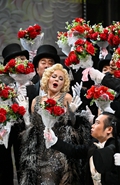 Videos
Videos
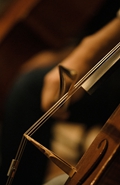 Podcast
Podcast
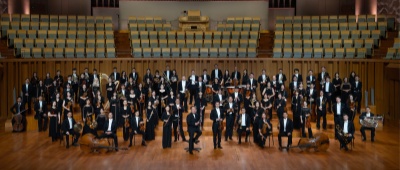 China NCPA Orchestra
China NCPA Orchestra
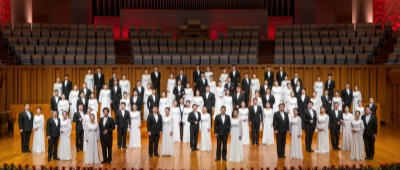 China NCPA Chorus
China NCPA Chorus
 NCPA Resident Singers
NCPA Resident Singers
 NCPA Drama Ensemble
NCPA Drama Ensemble
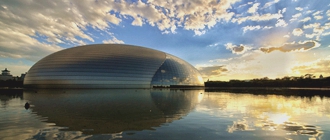 Buildings
Exhibitions
Buildings
Exhibitions
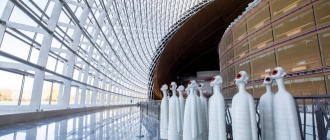 Opening Hours
Services
Opening Hours
Services
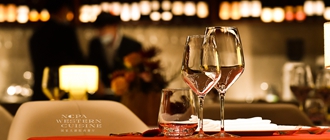 Western Cuisine
NCPA Café
Arts Gifts
Western Cuisine
NCPA Café
Arts Gifts







